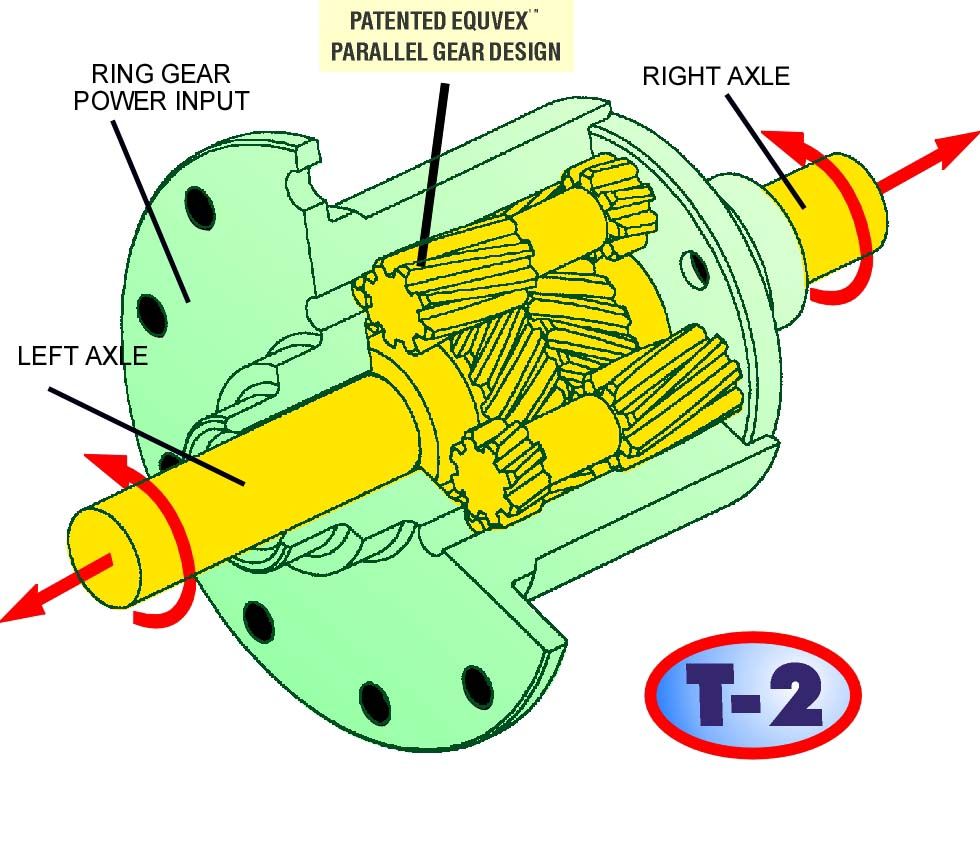For many people, the term “limited-slip differential,” or LSD, just means more grippy stuff and that’s that. However, there is actually a little science and physics behind understanding precisely what it does and how it does it. Toyota has done the less mechanically inclined auto buff the service of creating a video that gives the basic outline of what a limited-slip differential is and how it increases traction.
While the video is extremely simple and doesn’t really get into the inside of the LSD’s pumpkin to tell you precisely how it transfers power, it is still informative. Essentially, the Torsen LSD in the 2013 Scion->ke79 FR-S->ke3820 senses when one wheel is spinning faster than the other (A.K.A. slipping) and transfers more power toward the opposite wheel. The Torsen system is unique in the fact that it can actually increase the power going to one wheel four times, if needed.
An LSD is good for two things. The most commonly understood benefit is in low traction situations, like snow, ice, and rain. When one wheel starts slipping, the LSD cuts power from the slipping wheel and transfers it to the one with the most traction, which is exactly the opposite of a posi-traction rear end. The Torson LSD also helps in handling, believe it or not, as when you take a corner at a high rate of speed, the inside wheel tends to lose traction and it also moves slower. The Torsen LSD transfers as much power as needed to the outside wheel, pushing the FR-S through the turn in a stable manner. This is all achieved through the binding and releasing of two gears placed about each side gear in the LSD.
For a clearer understanding, you can check out the above video.
.

